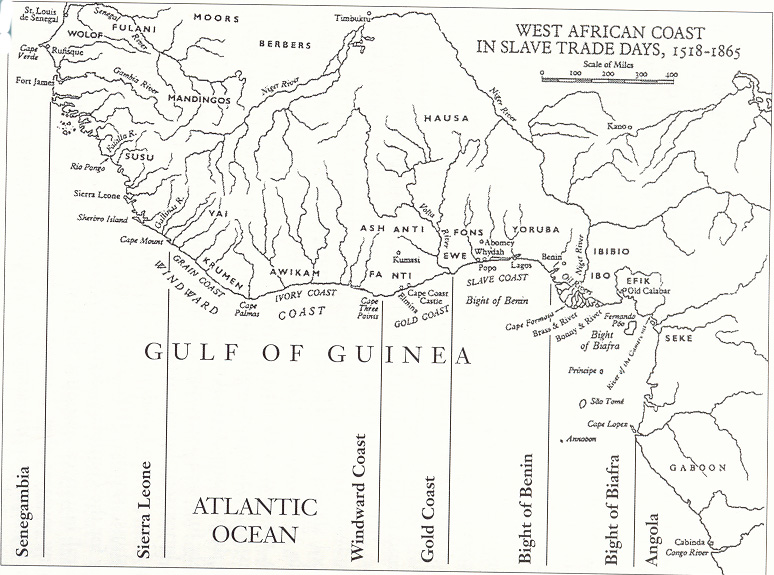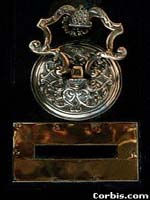|
The
Collection of Slaves: Kidnapping in Africa
|
The debate on slavery emerged during the 18th century. In the Parliamentary elections of 1761, however, the debate was minimal. The speeches made by both parties were unanimously in favor of free trade to Africa, and no restrictions in slavery. (81) As the abolitionist movement increased, however, the element of tension increased. The abolitionists used evidence of the horrible conditions of the removal of slaves from Africa as part of their evidence against the inhumane nature of the trade. The African chiefs, in many situations, helped the British to collect their cargo. As a description of Captain Roberts of Liverpool's expedition stated, "Down the river, as fast as they can go, with their living cargo...[chief] Accra would receive in exchange for the slaves he had made, the pistols and gunpowder which had been brought for his special favour." (82) Circumstances like these were not uncommon. The British paid a very small price for lives.
|
|
Usually cargo was already owned when collected. If a contract was not already established, slaves were commonly sold at either a scramble or a public auction. In a scramble, a gun was fired, the gang ways thrown open, they buyers madly rushed the ship, and seized as many slaves as they wanted, fastening them by means of handkerchiefs tied together. (85)This method was popular and reveals the baseness of the whole frantic process in which one man dominates another just because of the color of his skin.
The collection and sale of slaves reveals the barbarity of the entire process. The slaves' suffering and degradation, however, was just beginning upon departure from the ship or auction block. After that point, a life of servitude and abuse was all that he could expect.
|
To
return to the economics debate, click on the door below.
|
|||
|
|

